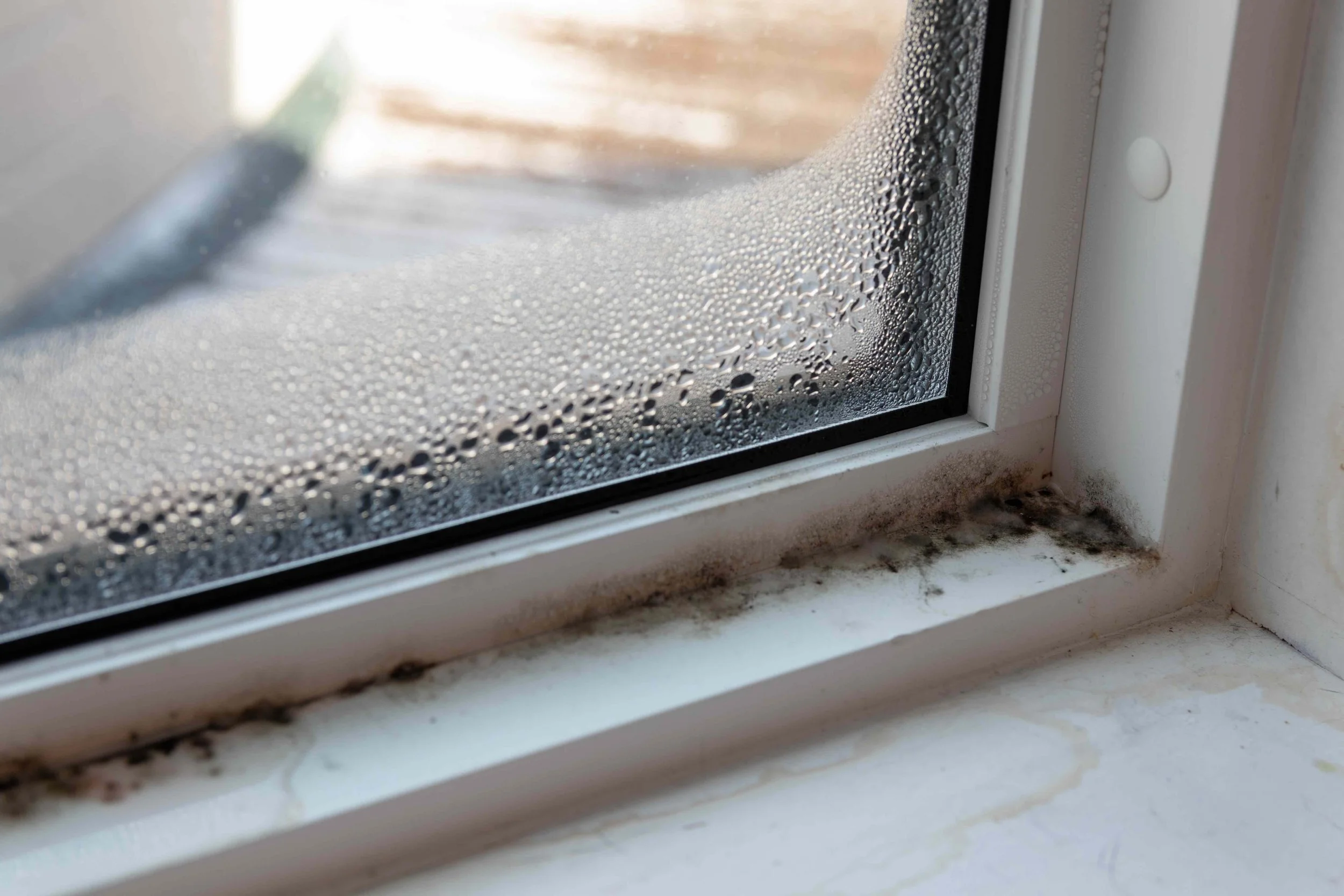
Pensacola’s Trusted Window & Door Specialists Since 1974
Upgrade your home with energy efficient, impact rated windows and doors; installed by a local, veteran owned team you can trust.
No Subcontractors Used
Free Estimates & Proposals
Products & Installation Guaranteed
Lee’s In House Installation
Over 50 Years of Helping Pensacola Homeowners Feel Safe, Comfortable & Proud of Their Homes
Since 1974, Lee’s Glass & Window Works has been the go to source for residential window and door installation in Pensacola. We’re veteran owned, locally operated, and committed to doing the job right the first time. From hurricane rated impact windows to beautiful entry doors, our team brings unmatched craftsmanship and personal service to every project.
Old Windows & Doors Are Costing You More Than You Think
Our Residential Window Services
We specialize in residential window and door replacement and installation for homes in the greater Pensacola area. All of our window and door products meet the local building code requirements for wind loading, energy efficiency, and impact rating.
-
Single Hung Windows
A classic and space saving design where the bottom sash moves up and down while the top sash stays fixed. Perfect for rooms that face walkways, porches or patios.
-
Double Hung Window
Both top and bottom sashes operate, making cleaning and ventilation a breeze. Great for any room where flexibility is important.
-
Picture Window
Non-operable windows that maximize natural light and views while maintaining a sleek, frameless appearance.
-
Project Out/Awning Windows
Hinged at the top and opening outward from the bottom, these are perfect for bathrooms or spaces where privacy and airflow are both desired.
-
Horizontal Slider Windows
Sashes slide left or right for smooth operation. Popular for sunrooms and modern home designs.
-
Horizontal Picture Slider Windows
A great option for replacing multiple windows in large openings with one window. Outside Sashes slide inward with a fixed sash in the center of the window.
Sliding Glass Door Installations & Services
Two Panel Bypass Sliding Glass Doors
A classic style with one fixed panel and one operable panel that glides open with ease.
Multiple Panel Sliding Glass Doors
Choose more than one operable panel for greater flexibility and wider openings.
Exterior Door Installations & Services
Single Swing Exterior Doors
Available to swing in or out, with or without glass. Custom manufactured to fit your exact doorway dimensions.
Swing & Double French Doors
Upgrade from sliding glass doors or older metal framed French doors to elegant, durable fiberglass options with composite jambs.













